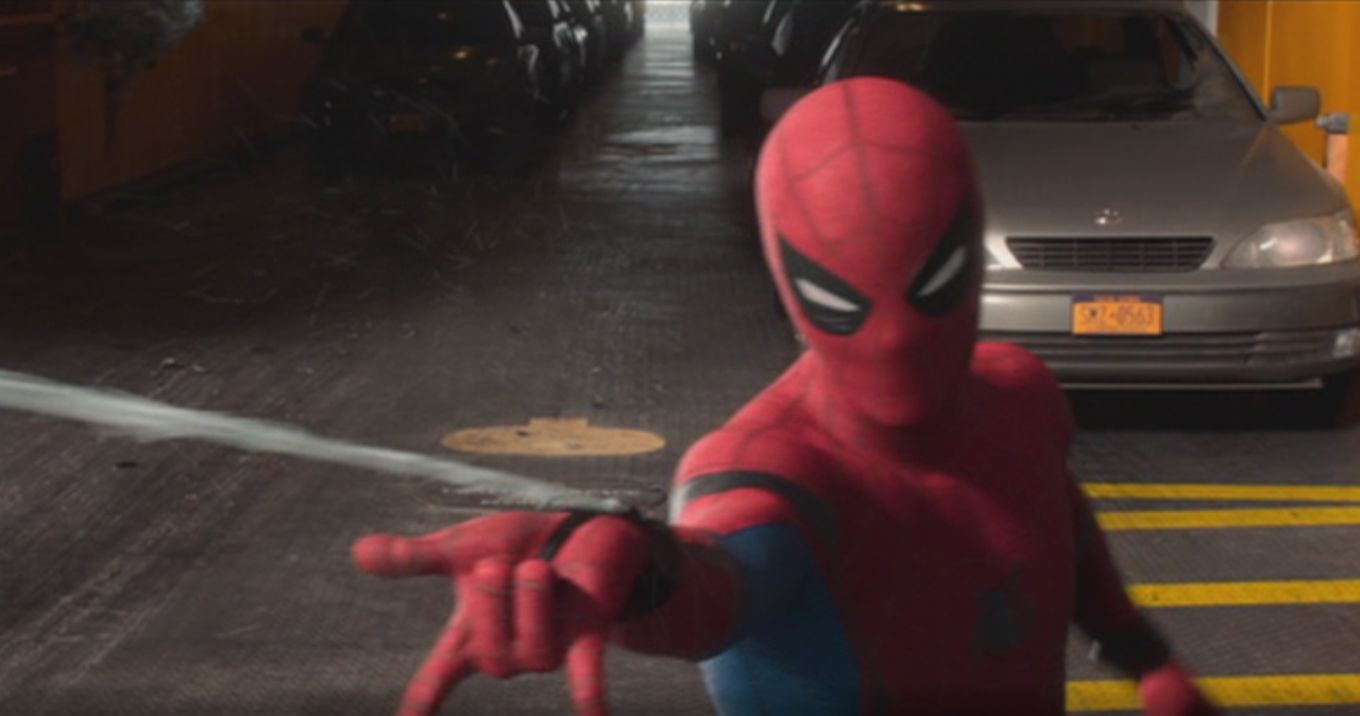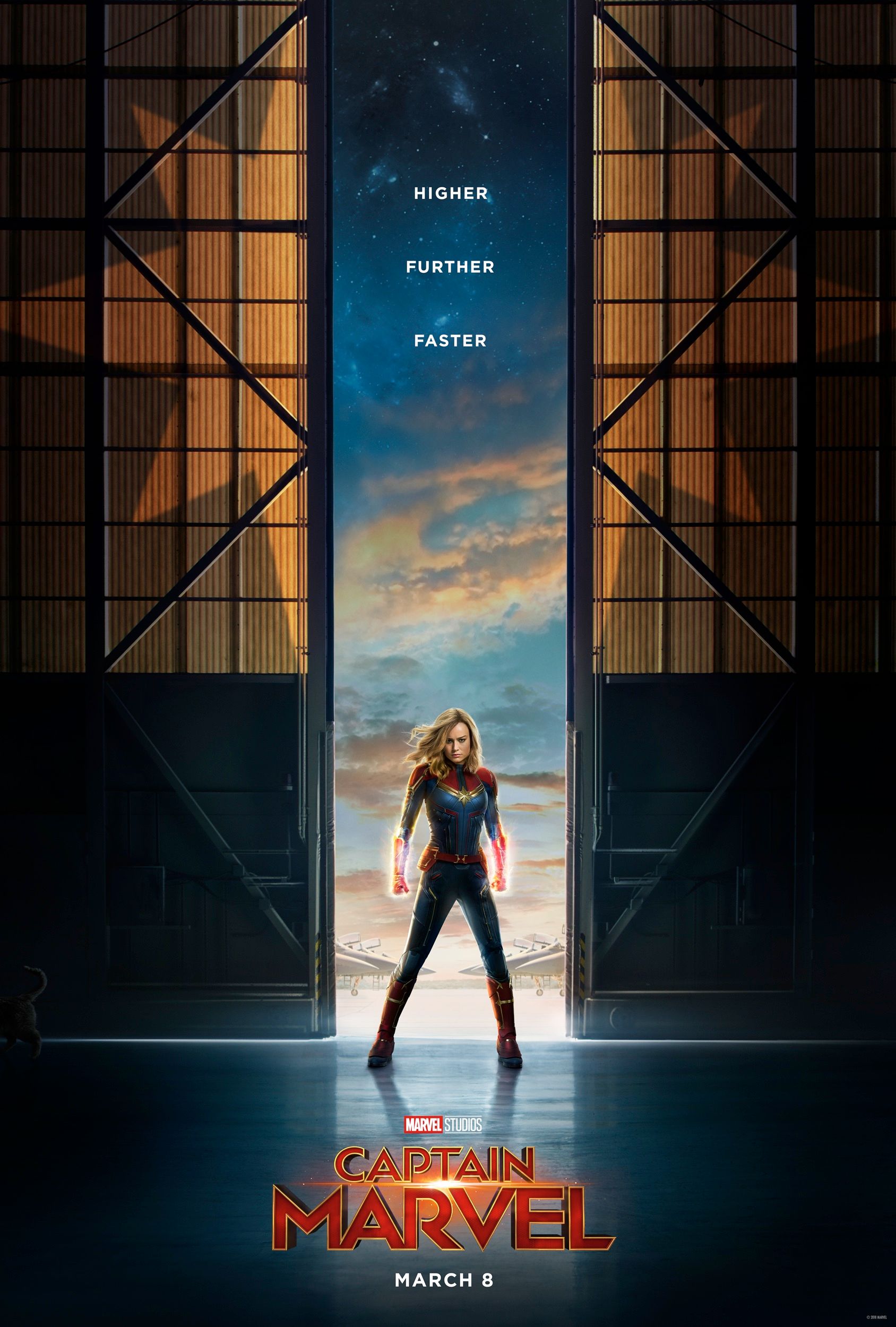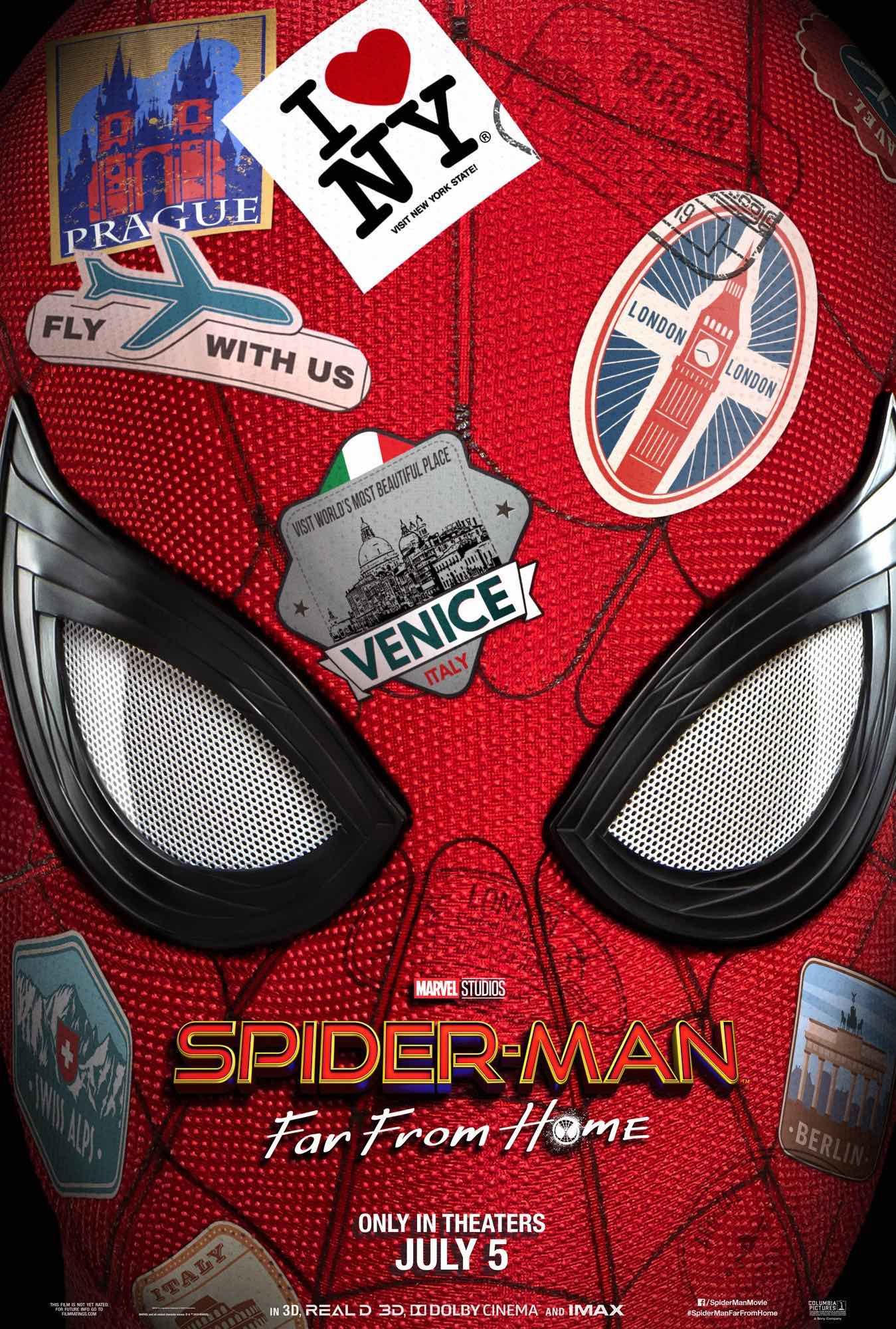A video essay arguing that Marvel is overusing CGI in its films has made the point that more isn't always better. As the budget for the MCU's films has grown, so has its use of visual effects, which have been lauded as some of the very best in the business. And though this is absolutely true, that doesn't mean they're always perfect.
Visual effects are used in every big blockbuster film these days to some degree. The films that bring in the major box office numbers - especially from the overseas audience - are almost exclusively big-budget action flicks. Everything from Avatar to the Transformers movies has made it popular to load up a flick with intricate effects and computer graphics. But as it currently stands, Marvel reigns supreme in this category.
Related: 10 Marvel Movies That Completely Flopped (And 10 That Became Massive Hits)
In a video uploaded to the Browntable YouTube channel, the narrator explains in detail the various ways in which Marvel has overused CGI in its films. He begins by recounting the early days circa Iron Man, where a practical suit was built and worn by Robert Downey Jr., and for the most part, that's the suit that was seen in the final product. However, as Tony Stark has created more and more impressive suits to wear during battle, they've essentially just become a model for the visual effects artists who go in and create one just like it in post-production.
The example of Spider-Man is an interesting one. The video shows a stark comparison between Tom Holland's web-slinger in Spider-Man: Homecoming and that of the other most recent Peter Parker in The Amazing Spider-Man 2. The difference is that while Holland's suit looks glossy and immovable, while Andrew Garfield's character is wearing what looks like a very real suit, which folds and creases with his body as he moves. And while Black Panther was an incredibly beautiful movie when it comes to the scenery, the suits worn by Killmonger and T'Challa are entirely CGI, as is the scene in which they battle in nearly complete darkness, which the narrator compares to the scene in X-Men where Wolverine fights Magneto.
Marvel's problem is one that is easily solved, but the studio clearly has its reasons for completely recreating a perfectly good suit. One possible explanation could be that the actors have become such costly stars that it's easier to just hand things off to the post team rather than have Downey Jr. come back to set and get suited up once again, and instead focus on getting a good performance out of him. Or, perhaps they figure that sleeker and shinier is always better, and as effects improve, they get closer and closer to realism. But the complete reliance on an effects team creates a disconnect between what was intended and what eventually shows up on screen.
More: 11 Last Minute Changes That Hurt Marvel Movies (And 9 That Saved Them)
Source: Browntable



